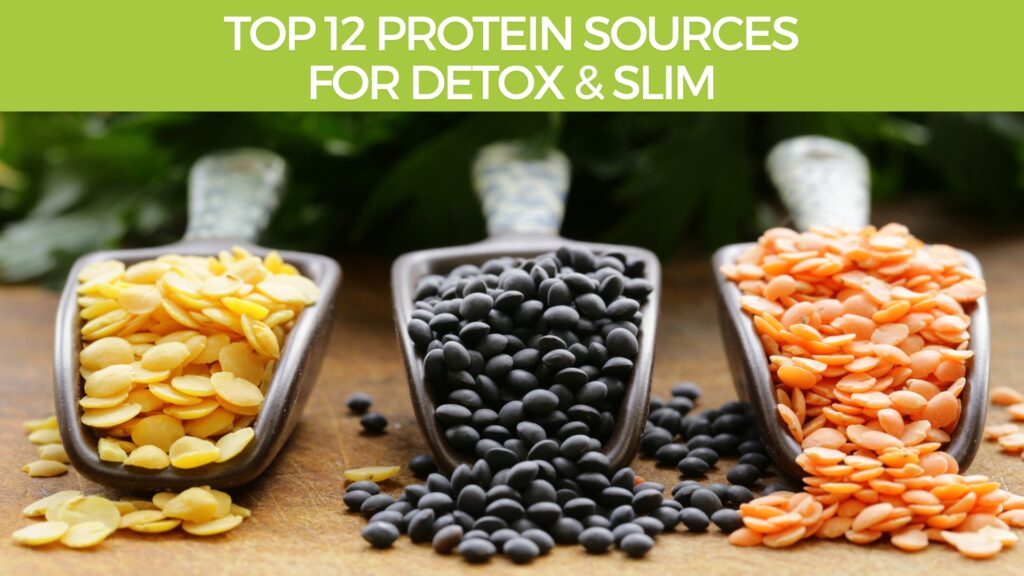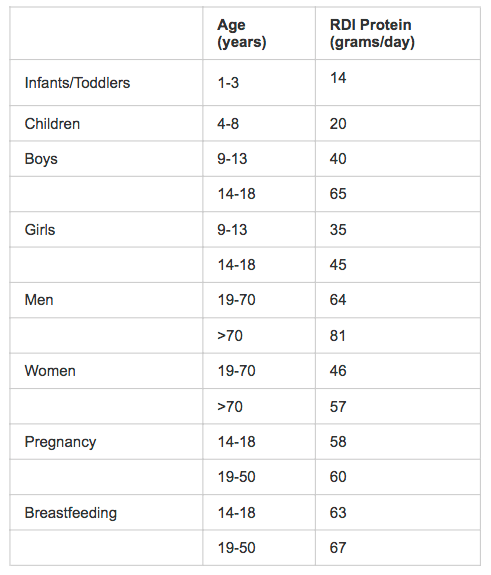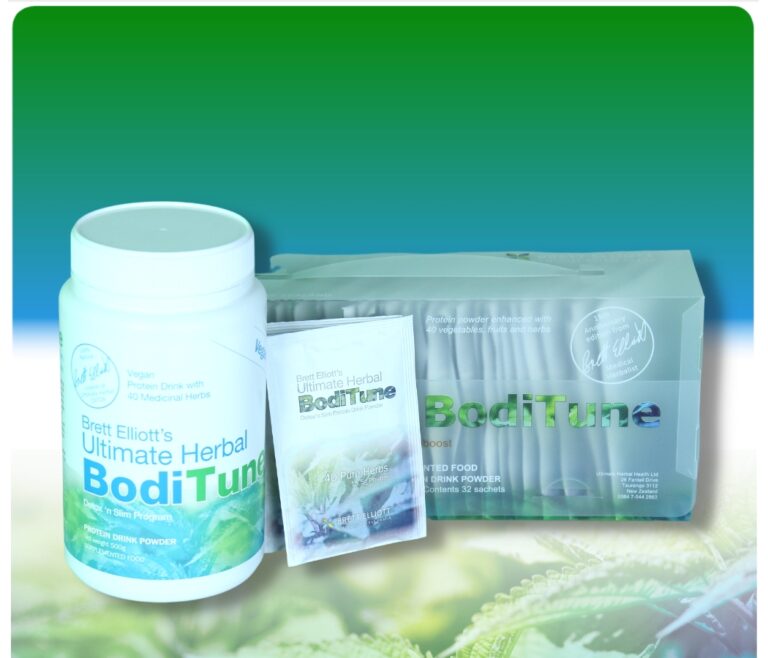- 7 months ago
- 10Minutes
- 1880Words
- 1333Views
Protein is such an important part of our diet as it is used in many functional metabolic processes in our body, including tissue growth.
I don’t recommend ‘high protein’ diets because they are acid-forming and inflammatory. However, when you’re completing the 1-month or 2-month Ultimate Herbal Detox or Slim program it can be a little tricky making sure you are getting enough protein.
With that in mind, I thought I would share a few ideas for high-quality protein, which you will find lower down on this page.
(1) New Zealand Nutrition Foundation. https://www.nutritionfoundation.org.nz/nutrition-facts/Nutrients/protein
(2) Hormonal regulation of human muscle protein metabolism. PUBMED https://www.ncbi.nlm.nih.gov/pubmed/9240936
(3) The Medical Biochemistry Page. https://themedicalbiochemistrypage.org/peptide-hormones.php
(4) New Zealand Nutrition Foundation. https://www.nutritionfoundation.org.nz/nutrition-facts/Nutrients/protein
(5) Protein – Which is Best? PUBMED https://www.ncbi.nlm.nih.gov/pmc/articles/PMC3905294/
(6) Protein Metabolism. http://philschatz.com/anatomy-book/contents/m46493.html
(7) The Role of Glycerol and Its Derivatives in the Biochemistry of Living Organisms, and Their Prebiotic Origin and Significance in the Evolution of Life https://www.mdpi.com/2073-4344/11/1/86
(8) Nutritional Quality, Chemical, and Functional Characteristics of Hemp (Cannabis sativa ssp. sativa) Protein Isolate. PUBMED https://www.ncbi.nlm.nih.gov/pmc/articles/PMC9656340/
(9) Nutritional quality and health benefits of chickpea (Cicer arietinum L.): a review. PUBMED https://pubmed.ncbi.nlm.nih.gov/22916806/
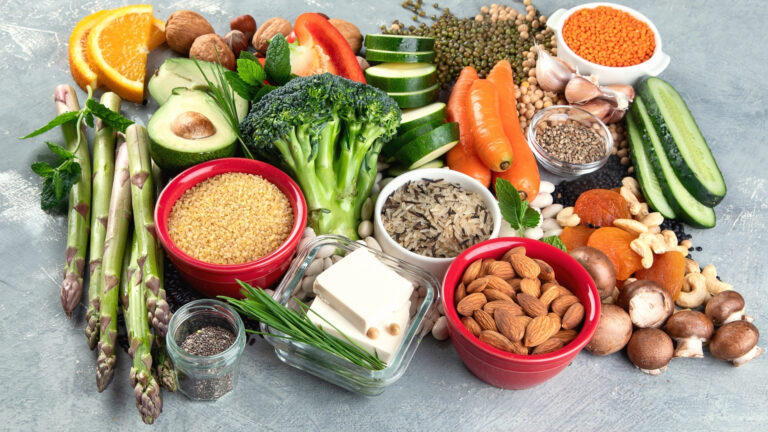
First, let's talk about the role of protein in your body.
Much of the body is made of protein, and these proteins take on a myriad of forms. They represent cell signaling receptors, signaling molecules, structural members, enzymes, intracellular trafficking components, extracellular matrix scaffolds, ion pumps, ion channels, oxygen, and CO2 transporters (hemoglobin). That is not even the complete list! (6)
There is protein in bones (collagen), muscles, and tendons; the hemoglobin that transports oxygen; and enzymes that catalyze all biochemical reactions. Protein is also used for growth and repair. Amid all these necessary functions, proteins also hold the potential to serve as a metabolic fuel source. Proteins are not stored for later use, so excess proteins must be converted into glucose or triglycerides and used to supply energy or build energy reserves. (6)
What is protein used for?
Contrary to popular belief, your body does not use protein directly for energy whatsoever!
The cells in our body can only burn sugar as glucose or fat in the form of glycerol. (7)
However, protein can be converted to these, but only as a ‘last resort’ source of energy, because its main role in the body is growth and repair.
We all contain a significant amount of protein. For example, a 76kg man is made up of about 12kg of protein (16%). (1)
It helps in the formation of tissue including muscles, hair, nails, skin, and organs, such as the heart, kidneys, and liver.
Let’s look briefly at some of the other functions of protein in your body.
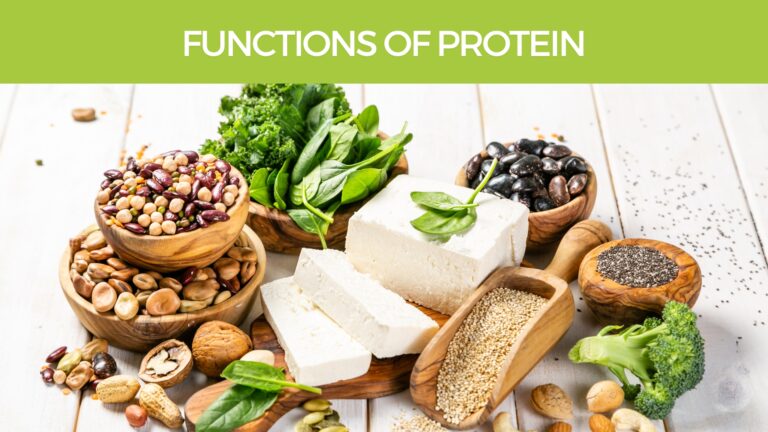
Muscle Growth
A continuous turnover of the protein (synthesis and breakdown) maintains the functional integrity and quality of skeletal muscle. Hormones are important regulators of this remodeling process. Anabolic hormones stimulate human muscle growth mainly by increasing protein synthesis e.g. growth hormone and testosterone. (2)
Peptide Hormones
There are literally dozens of hormones made from peptides, which are the building blocks of protein. There are far too many to list here, but they include sex hormones, insulin, growth hormones, thyroid, adrenal, and pituitary hormones to mention just a few. (3)
Hormones in the gut
There are also more than 30 peptide hormones currently identified as being expressed within the digestive tract, making the gut the largest endocrine organ in the body. The regulatory peptides synthesized by the gut include hormones, peptide neurotransmitters, and growth factors. (3)
How Much Protein Do We Really Need?
As you have seen above, protein is used mainly as a structural and functional component in the human body, and not a source of energy. In addition, your body holds a circulating pool of protein raw materials (amino acids) for at least 30 days, so you don’t get deficient in protein very quickly.
According to the New Zealand Nutrition Foundation, we need the following daily amounts of protein. (4)
Top 10 Protein Sources During Your Herbal Health Programs
For health reasons, we have not suggested using red meat during any of our programs and always suggest plant-based protein as a preference.
Click here to read more about why
During your Detox program, the protein sources vary depending on which program you are following. We will talk about the 14-day and 30-day Detox programs first.
If you want to dig further into these, a great source of protein information is the US Department of Agriculture National Nutrient Database
Protein Suggestions for the 14-Day Herbal Detox Program (Deep Cleanse)
The 14-day program does not allow for any meat, nuts, legumes, or eggs, so is more restricted. Let’s start there and then add in more protein sources as we get into the herbal SLIM program.
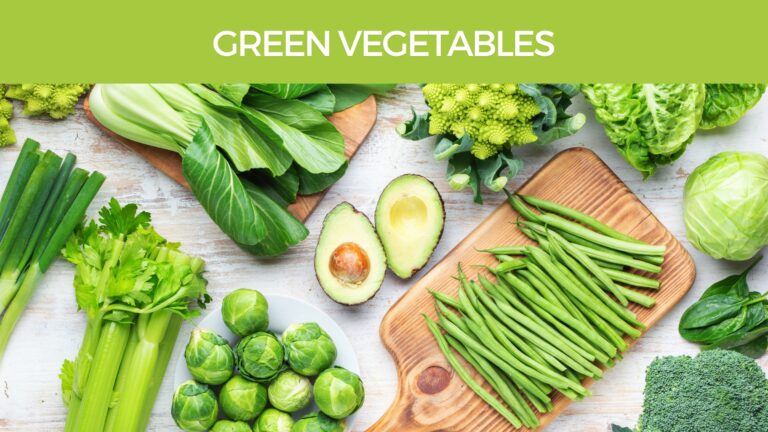
1. Green Vegetables
Most green leafy and root vegetables contain about 10-15% protein, so you will get most of what you need there if you eat a good volume of vegetables.
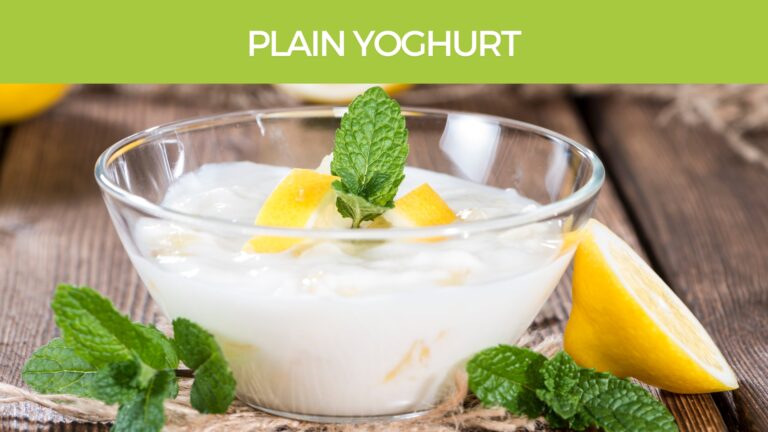
2. Yoghurt
Yogurt contains about 5% protein, so a cup of yogurt should provide about 7gm protein. I recommend plain, organic, full-fat yoghurt during your program.
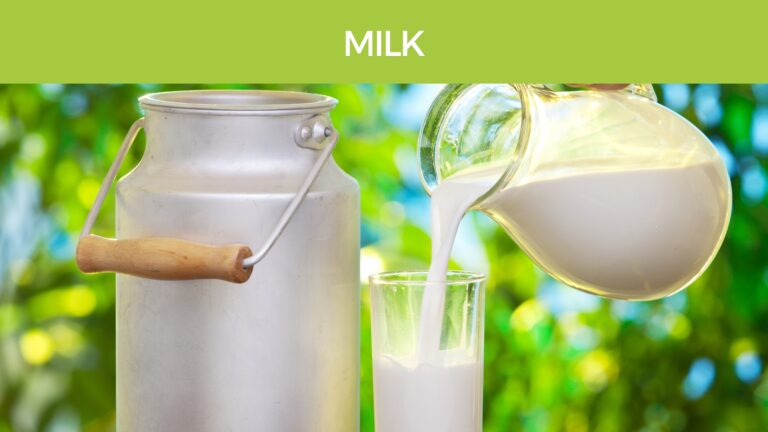
3. Milk
Milk contains about 5% protein, so a cup of milk should provide about 7gm protein. I also recommend plain, organic, full-fat milk during your program.
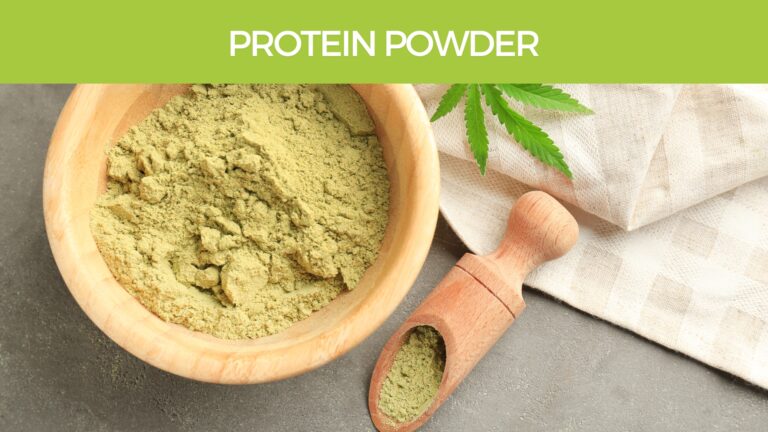
4. Protein powder
Either pea, rice, soy, or hemp protein powders can be used. Hemp protein isolate is characterized as a rich source of most essential amino acid and is satisfactory for the WHO daily requirements. The digestibility and availability of hemp seed protein is also higher than other plant proteins such as wheat and legumes. (8)
Extra Protein Allowed on the 30-Day Gentle Detox or Herbal SLIM Programs
With an extended 1-month detox program, you can use all the protein sources mentioned above plus add these extra three, but preferably only once a week each:
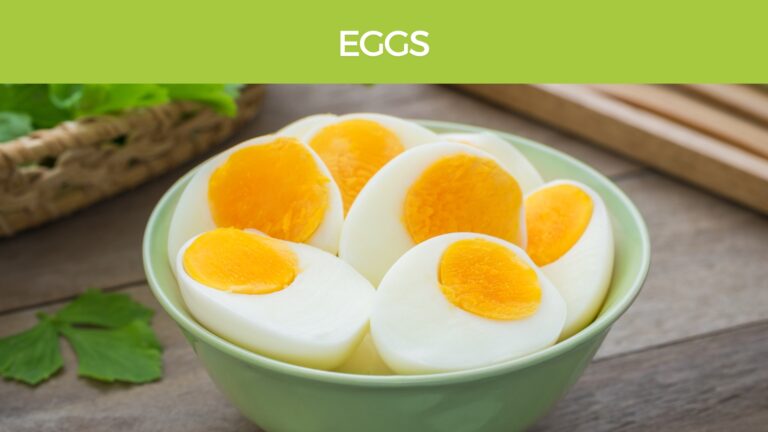
5. Eggs
Each egg contains up to 6gm of protein. They are also a great source of vitamin B12 if you are a vegan. I highly recommend organic, free-range eggs if you can find them. Not only do they taste better, but will be higher in nutritional value.
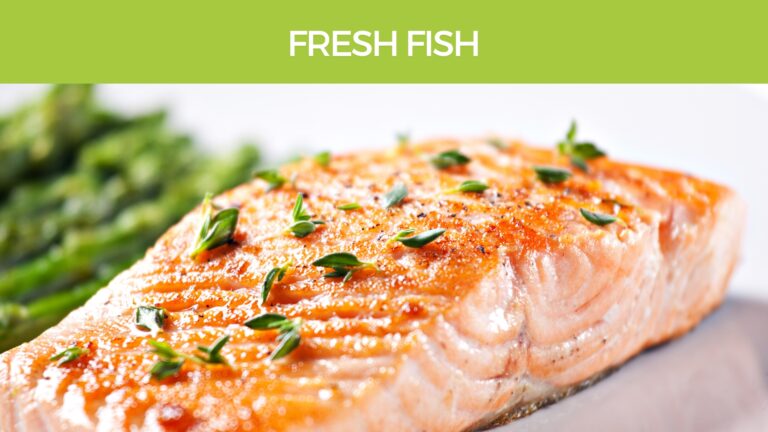
6. Fresh Fish
Fish is about 10% protein so a 150gm fillet will give you 15gm protein. Fish also comtains Omega 3 Fatty acids that are very healthy for your body. Salmon is probably the fish of choice for your good health.
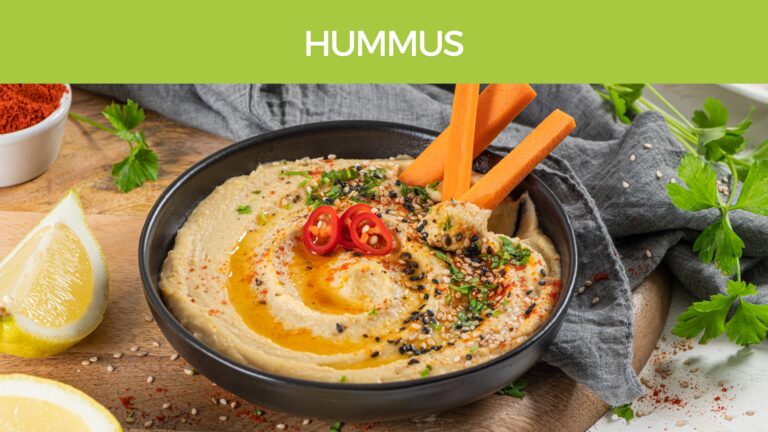
7. Hummus
Hummus is also about 10% protein. Use about 2 tablespoons on a salad or as a dip for carrot and celery sticks. Plain hummus is best during your program. Sprinkle with Paprika and fresh herbs to add flavour.
30-Day Ultimate Herbal SLIM Plan
During the Ultimate Herbal SLIM, you can include all the protein sources above plus these extra sources below. Similar to the 30-day Herbal Detox, I suggest only having one of these protein sources each day, and combining with fresh, or stir-fry vegetables. Alos, limit rice, pasta, potatoes, bread and all processed food while on the SLIM program.
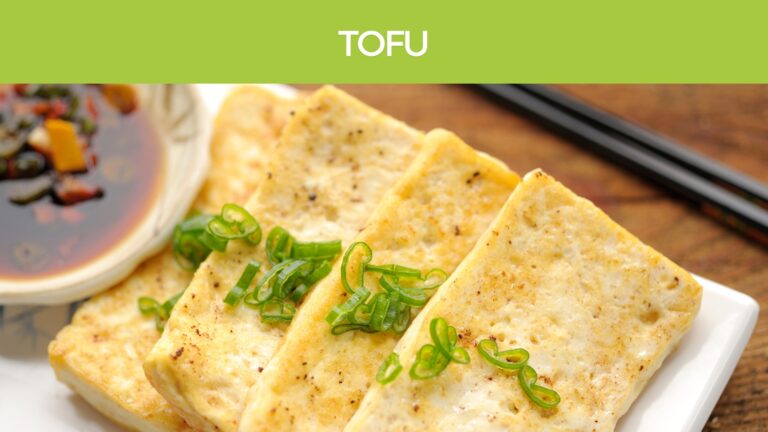
8. Tofu
Tofu is made from 100% pure Soy Beans. There have been many reported benefits related to soy proteins relating to health and performance (including reducing plasma lipid profiles, increasing LDL-cholesterol oxidation, and reducing blood pressure). (5) Again, use plain organic Tofu preferrably.
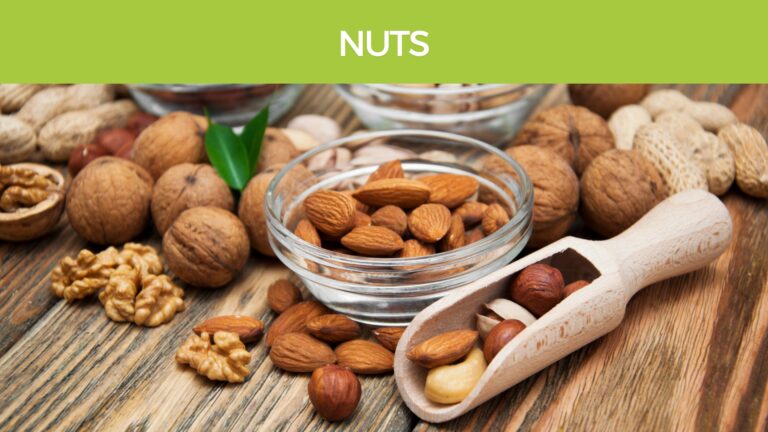
9. Nuts
Mixed nuts contain about 20% protein. I would only recommend a small handful of nuts every other day as they can be difficult to digest. The highest quality nuts for your health are almonds, walnuts, and Brazil nuts
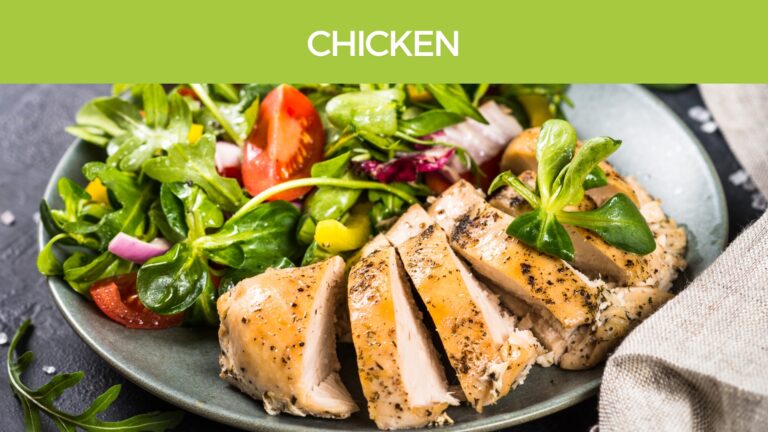
10. Chicken
Chicken contains about 30% protein. Although I do recommend a 90% vegetarian diet, a little fish, chicken, and eggs are good for that extra protein, especially if you’re looking to build lean muscle.
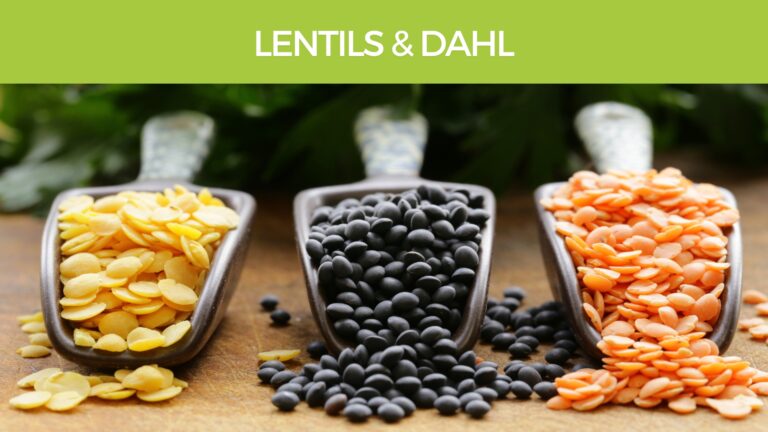
11. Lentils/Dahl
Lentils and Dahl are about 25% protein. Soak and cook slowly to make lentil/dahl soup or curry. Great for those winter nights. I prefer using yellow (Chana dal), black (Urad Dal), or red (Lal masoor dal) as pictured.
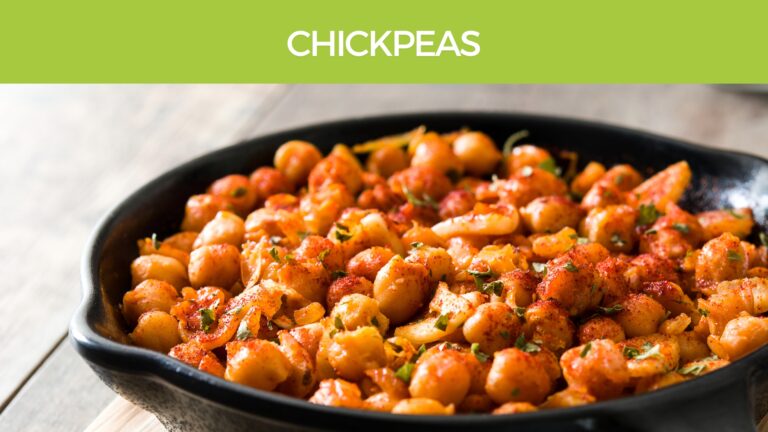
12. Chickpeas
You can have a few chickpeas, but make sure you have them very well cooked, as they can cause bloating otherwise. Chickpeas are a great source of carbohydrates and protein, with high-quality protein compared to other legumes.
Chickpea oil contains essential sterols such as β-Sitosterol, campesterol, and stigmasterol. In terms of minerals, chickpeas contain calcium (Ca), magnesium (Mg), phosphorus (P), and notably, potassium (K). Chickpeas are also rich in essential vitamins like riboflavin, niacin, thiamin, folate, and the precursor to vitamin A, β-carotene. (9)
Protein for Weight loss
Protein is another great tool for weight loss or weight maintenance, as it takes longer to digest than refined carbohydrates. When eaten with other foods it causes the stomach to release a meal more slowly into the intestines, lowering the Glycemic Index and the amount of blood sugar taken into circulation. This means less sugar is stored by the body and therefore less fat is generated.
Satisfaction
Protein, like fat, creates a sense of satiety or fullness which helps reduce the total quantity of food eaten. Good protein along with good fat gives the body many of the nutrients it needs for proper metabolic function. If the body has all the nutrients it needs then false hunger signals are not generated and this helps reduce destructive eating habits.
The “Complete Protein” myth
There is a myth that vegetarians don’t get enough protein or that vegetables need to be combined to get the complete protein. This has proven to be untrue. You can find out more about this topic in my article “Super vegetarian Diet”
I recommend protein sources such as organic eggs, raw nuts, beans and legumes, pulses, raw farm milk, soft cheeses, fish & chicken, mushrooms, eggplant and leafy greens. A good vegetarian diet is preferable, and will also provide adequate protein. We also recommend herbs such as Spirulina, Barley grass, and the Ginsengs.
In protein drinks, we recommend pea protein and rice protein as they are more beneficial than traditional whey proteins.
BodiTune Protein Drink Program (Sachets or Capsules)
In a 50% Protein base, the 40 herbal ingredients below make up the remaining 50% of Boditune Powder. See all herbal ingredients Here
This wonderful, natural protein, vegetable, and herb drink will help take away cravings; support your energy and blood sugar balance; maintain your weight long-term; support your metabolic rate; improve natural digestive function, and nourish and strengthen your body. It has a low GI, is suitable for vegans, and is free from harmful chemical additives.
The Many Other Benefits Of BodiTune
- Maintain your ideal weight long term
- Support metabolic rate (fat-burning)
- Reduce food cravings and conquer sugar addiction
- Promotes healthy blood sugar balance
- Prebiotic – Supporting colon health
- Liver detox and protection
- Better digestion and elimination
- Superfoods and enzymes included
- Improve metabolic energy
- Low Glycaemic Index (GI) to avoid sugar spikes
- Only 65 calories per serving
- Suitable for Vegans
- Dairy, Lactose, Soy, Nut and Gluten
- Pea Protein – Easier on the kidneys than whey
- 40 Healing Herbal Ingredients
- Dozens of superfood smoothie recipes provided
- Convenient bulk powder pot with 15gm scoop included
- No fillers, added fructose, glucose or other refined, simple sugars
- Free from synthetics – No Artifical vitamins, hydrogenated fats, artificial sweeteners, artificial flavours or colours
You can eat any of the protein sources recommended above during the BodiTune programs.
I hope you have found this page helpful.
Many blessings,
Brett Elliott ®

